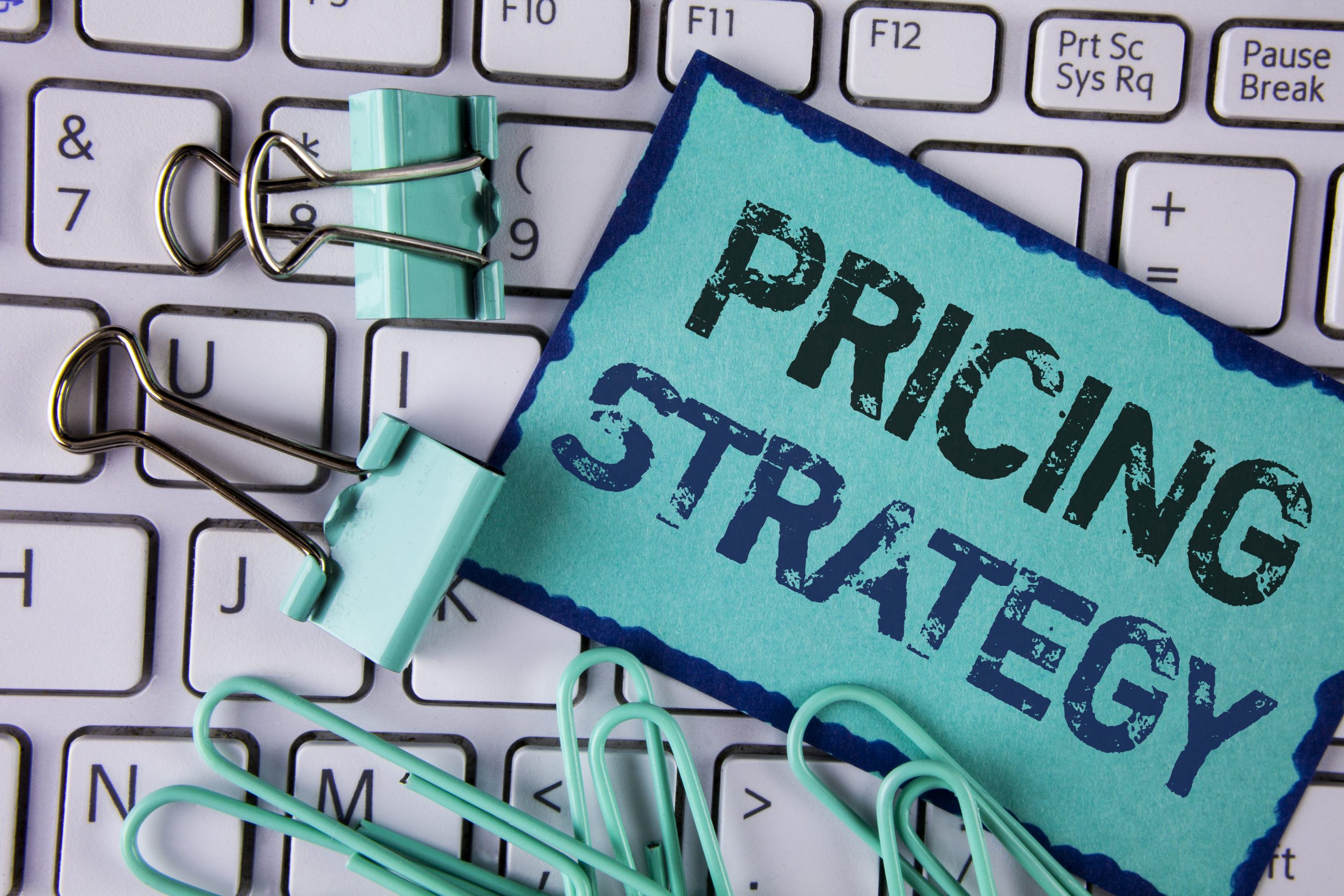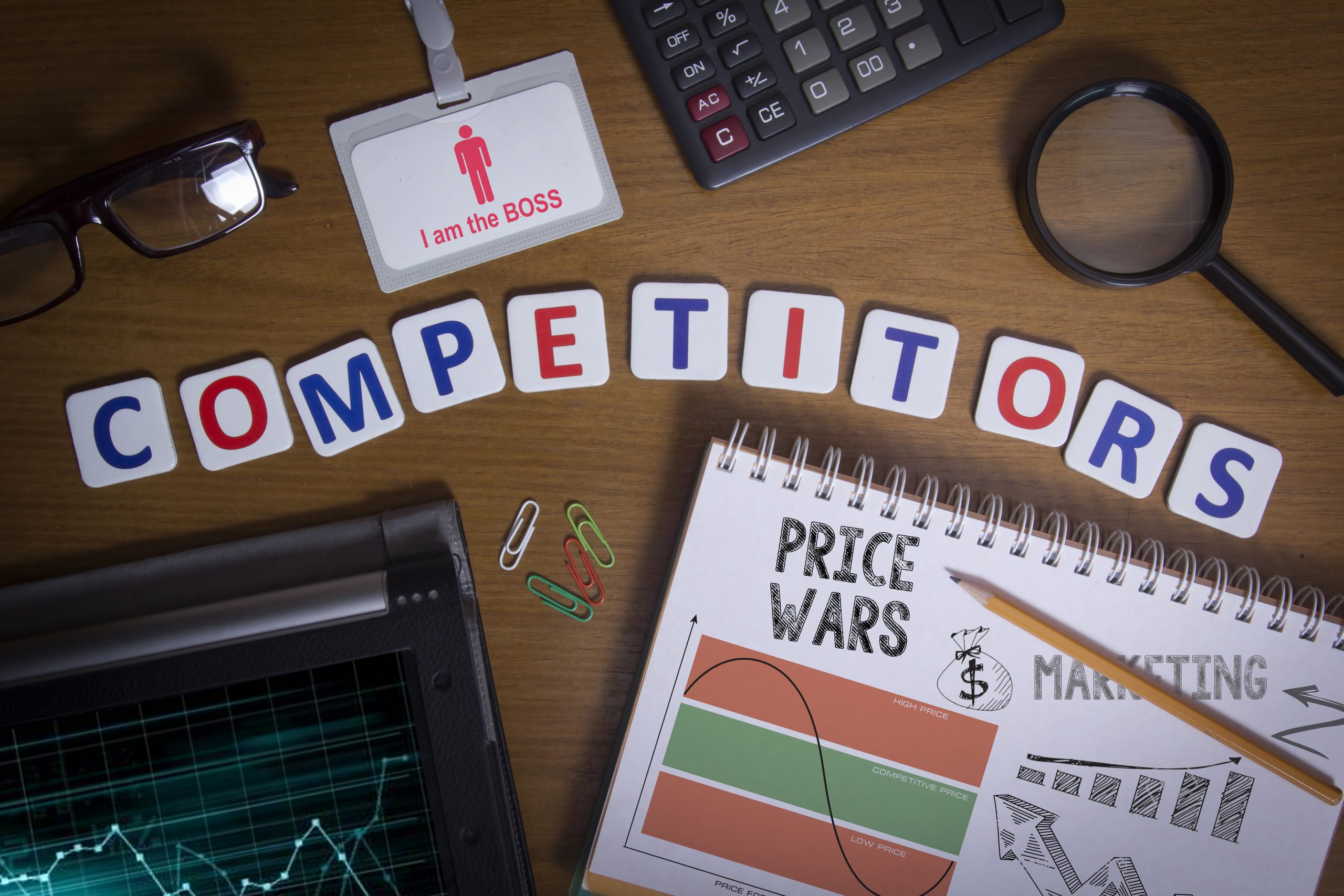We live in a crazy world of options where there will always be room for fierce competition. Stay afloat by maintaining a competitive price point from the start. Here’s how.
Competitive Pricing Strategy: A Win-win Scenario For Online Retailers
Determining how much to charge for your product or service needs more brainwork than just counting all of your costs and adding a corresponding mark-up. Basically, pricing is one of the most vital points of your market strategy as it can make or break your business. That’s why it is of paramount importance to have an effective pricing strategy. With the four main pricing strategies on the market, being:
- Cost-plus pricing (premium)
- Penetration pricing (lower than the prices of your competitors)
- Competitive pricing (the same price tag)
- Price skimming (a high initial price that gets lower with the time)
it’s the competitive pricing that meets the needs of online retailers.
Notwithstanding the fact that online stores, hotels, airlines, event venues take full advantage of it even though it might seem confusing at first glance. To get the whole picture, let’s hit the basics of this type of strategy.
Competitive Pricing Strategy: What’s This?

Competitive pricing is aimed at taking your competitors’ prices as a benchmark. From a marketing perspective, it’s a market-based pricing strategy that suggests that you use competitors’ prices to set your own one. Consider the following: your competitors have already carefully analyzed their pricing. That being said, if the prices that your competitors use don’t cause bankruptcy, neither would it do to you.
One of the pros of competitive pricing is that there’s no need to spend money on price-establishing that can end up being extremely expensive. Provided it’s properly conducted, market-based pricing delivers fail-safe decision making. That can literally save you tons of money directly from the start.
That being said, it’s possible to adopt this strategy once a price for a product or service has reached its equilibrium point. Note down prerequisites:
1) the products must be homogenous, identical, or highly similar;
2) the market should be highly competitive.
A lot of businesses, including tech behemoths, choose a competitive pricing strategy when entering new markets. However, every business is different and so are its costs. Using this strategy might vary as well. Actually, it’s possible to set your price plus or minus a few percent: slightly below, the same, or a bit above. Conduct the needed research to determine your goals and act correspondingly.
Still don’t understand why to choose it? Take a moment to find out everything market-based pricing has to offer.
What Makes Competitive Pricing So Effective?
Basically, it’s considered one of the key criteria for online shoppers to make a final purchase decision. That’s the primary reason.
Secondly, by keeping your pricing dynamic, you have the power to stay ahead of the competition. In other words, prices swing with regard to the market, consumer behavior, and customer demand. Going forward, it’s possible to change your prices in real-time, benefiting from your competitor’s errors or out-of-stock items at the same time. As it was outlined below, you can set your price below the competition, at its exact level, or above it.
Without going deep into technical subtleties, it’s worth pointing out that much of your daily routine tasks with respect to your competitive pricing strategy set-up and management can be automated. Manually tracking the price of all your available items is a time-killer, right? Luckily, there are special programs to help you with the price tracking automation. We’ll talk about this a bit further.
How to easily sail through your competitive pricing strategy?

1) Evaluate your topmost goals (both short-term and in the long run) and your toughest challenges.
2) Figure out your key competitors, paying closer attention to their prices, product line, and marketing.
3) Set prices based on the results of your own research.
4) Use special services that help you automate lots of your daily activities. Here’s a case in point: you can track your competitors’ prices and automatically detect the new ones. Suffice it to say, a reliable price monitor service gives you extra benefits. And there you have it. With uXprice, for example, it’s possible to detect all your competitors regarding your every item in stock and take advantage of this. Plus, uXprice provides you with a detailed analysis of your price position versus competitors and recommends you to change the price when needed. In the big scheme of things, since forewarned is forearmed, you can have virtually endless opportunities.
5) Finally, maintain a strong commitment to quality and support, but don’t forget to advertise. To stay on top of your niche, it’s critical to delight customers, creating value. Meanwhile, remember that once you have a great product, it’s your duty to let people know. Get out and advertise.
Closing Thoughts
Cynical though it may be, it’s clear that competitive pricing is a simple, low-risk way of quickly gauging prices. Since we live in a world of endless choices, it’s crucial to be able to respond immediately to competitors’ price changes. That’s why using uXprice seems like a good starting point. Having said that, why not test it out now?
Here are some interesting materials for you:
Google Shopping Campaign Optimization Made Easy and Effective





